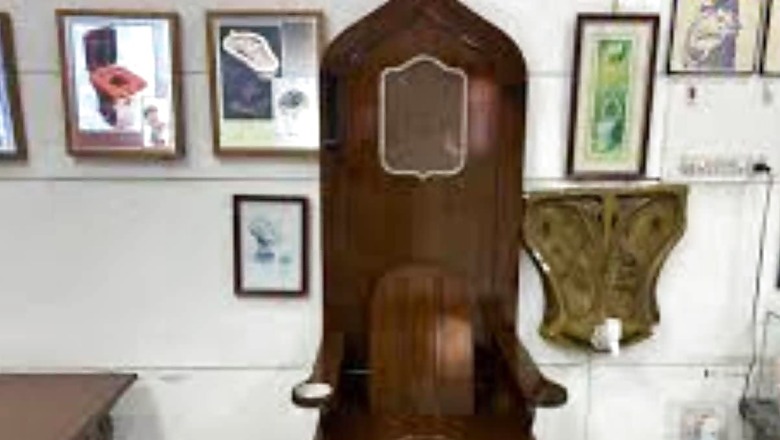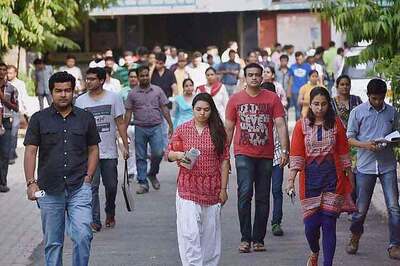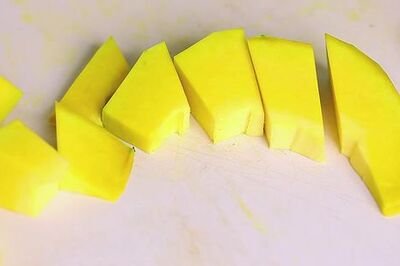
views
Delhi, the capital of India, is known not just for its delicious and lip-smacking foods but also for its various markets that offer the trendiest clothes, accessories, bags and whatnot. But that’s not all. Delhi is also an important city due to its many historical buildings, famous parks and museums. One of the most important museums in Delhi is the Sulabh International Museum of Toilets. It is famous not just in India, but also abroad. Among the 10 strangest museums worldwide, the Toilet Museum of Delhi ranks third.
Sulabh International Museum of Toilet is located in Delhi’s Mahavir Enclave. Sulabh International runs it and is dedicated to the global history of sanitation and toilets. As per Time Magazine, the museum is one of the weirdest museums and is anything but mundane.
The Toilet Museum’s guest coordinator Nigar Imam, in an interview with Local18, shared that the museum was built in 1992 by social activist Dr Bindeshwar Pathak. The museum was built to create awareness about cleanliness. At this museum, you will get to see all types of toilets from 3000 BC to date, ranging from age-old toilet seats to modern ones. It will show the audience a glimpse of how technology underwent drastic changes.
What makes the Sulabh International Museum of Toilets special is that every commode has an interesting story to tell. Each toilet highlights the social habit or etiquette which was prevalent during that era. The items on display include privies, chamber pots, decorated Victorian toilet seats, bidets and water closets. There are also display boards with poetry related to toilets.
What majorly captures the attention of visitors are- the common in the form of a treasure chest from British medieval periods, a supposed toilet of King Louis XIV which was used while holding a court, a camouflaged toilet in the form of a bookcase and much more. It also offers visitors a glimpse into the sewerage system that was in existence during the Harappan civilisation and the flush pot design from Queen Elizabeth I’s regime.
The museum is open from 10 am to 6 pm, the entry fee is free for all. The nearest metro station to reach the place is Dashrath Puri.




















Comments
0 comment